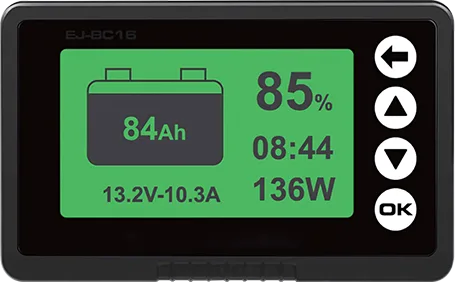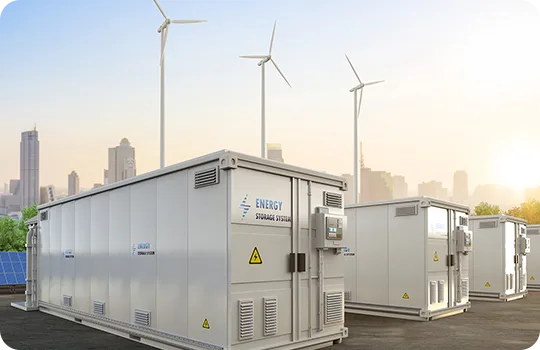Every Charge Counts
Stay Ahead of Power Issues with
MOKOEnergy's Battery Monitor
Reliable, Accurate, Essential
Explore Our Battery Monitor
Portable Battery Monitor with Shunt
Battery Types
GEL, LiFePO4, AGM, Lead-acid, Lithium-ion, Wet, and Calcium Batteries
Working Voltage
10-120V
Working Power Dissipation
10-15mA
Standby Power Dissipation
1-2mA
Backlight on current (>50A)
100mA
Voltage Accuracy
±1%
Current Accuracy
±1%
Capacity Accuracy
±1%
Preset Capacity Value
0.1-9999AH
Temperature Range
0-35℃
Alarm
High and Low Voltage/Capacity Alarm

Why Choose MOKOEnergy's Battery Monitor
Large Backlight LCD Screen
Display necessary information for battery on the LCD screen. Readable in light and dark conditions.
High Accuracy
With high accurate current and capacity detector, provides voltage and current reading with a single meter.
Wide Application
Can be used for various application and support different types of batteries.
Alarm Function
Equipped with high and low voltage&capacity alarm. Will alarm when your battery capacity is too high or low.
Sleep Function
The back light will turn off if the current is in low power but the battery information will still be displayed.
Communication Function
Can be customized with serial communication based on TTL level. Users can check parameters on smartphone or PC.
FAQs of Battery Monitor
A battery monitor is a device or software that tracks and displays information about the battery’s state, such as voltage, current, remaining capacity, and temperature.
Battery monitors help you understand your battery’s performance, State of Charge (SoC), and remaining capacity. This information is essential for properly managing and maintaining battery systems, especially in off-grid or renewable energy setups..
Battery monitors typically use shunt resistors or hall effect sensors to measure the current flowing in and out of the battery. They also monitor the battery’s voltage and temperature. This data is then processed to calculate the remaining capacity, charge/discharge rates, and other battery parameters.
There are two main types of battery monitors: standalone devices and software-based monitors. Standalone devices are dedicated hardware units that connect directly to the battery bank, while software-based monitors use data from the inverter, charge controller, or other system components.
Common information displayed by battery monitors includes battery voltage, current (charge/discharge rate), State of Charge (SoC) or remaining capacity, temperature, and historical data or graphs.
Yes, most battery monitors can work with various battery types, including lead-acid, lithium-ion, and others. However, you may need to configure the monitor for the specific battery chemistry and capacity.
The accuracy of battery monitors can vary depending on factors such as the quality of the device, proper calibration, and the battery’s age and condition. The accuracy range of MokoEnergy’s battery monitors are controlled at ±1%.
Yes, battery monitors can help extend battery life by providing valuable information about the battery’s state, allowing you to optimize charging and discharging patterns, and avoiding excessive strain on the battery.







